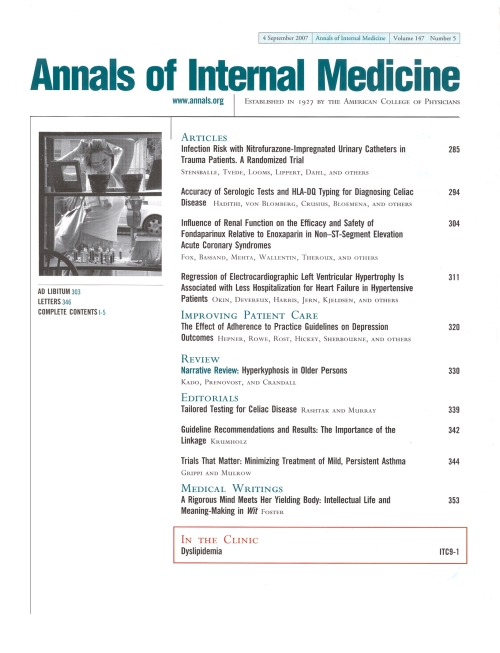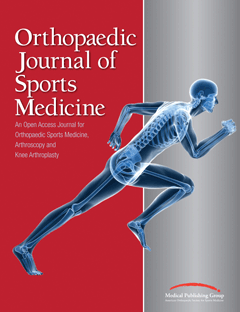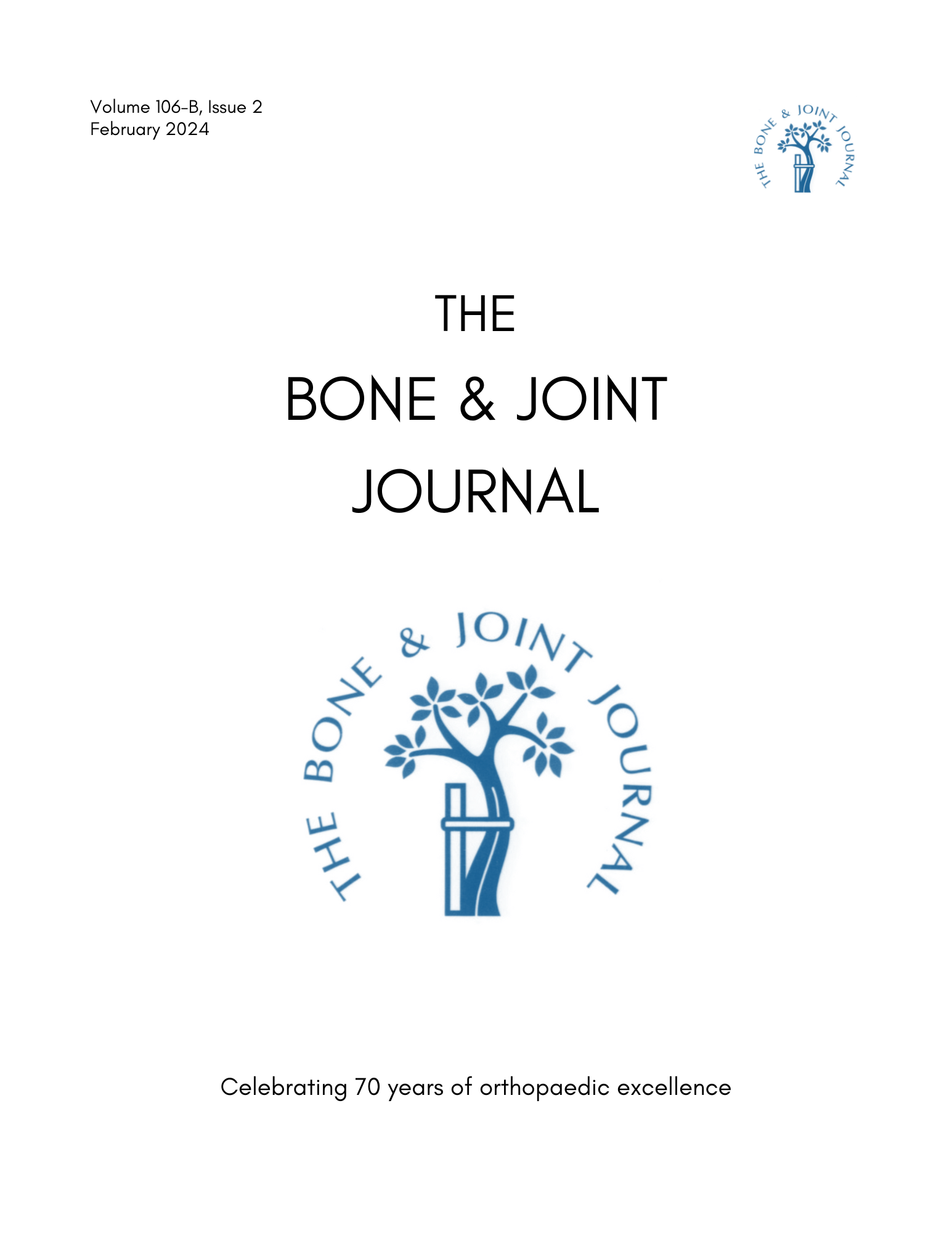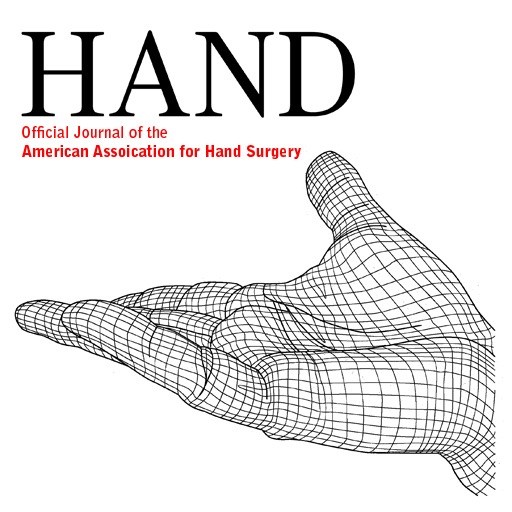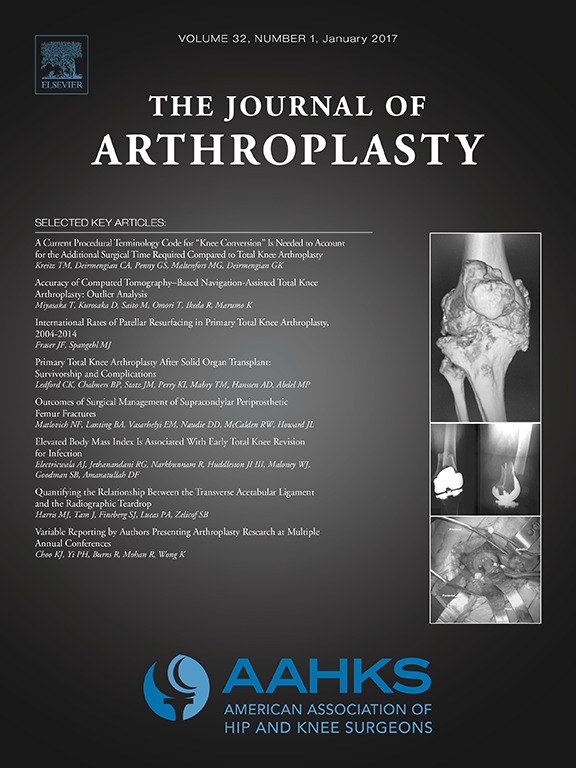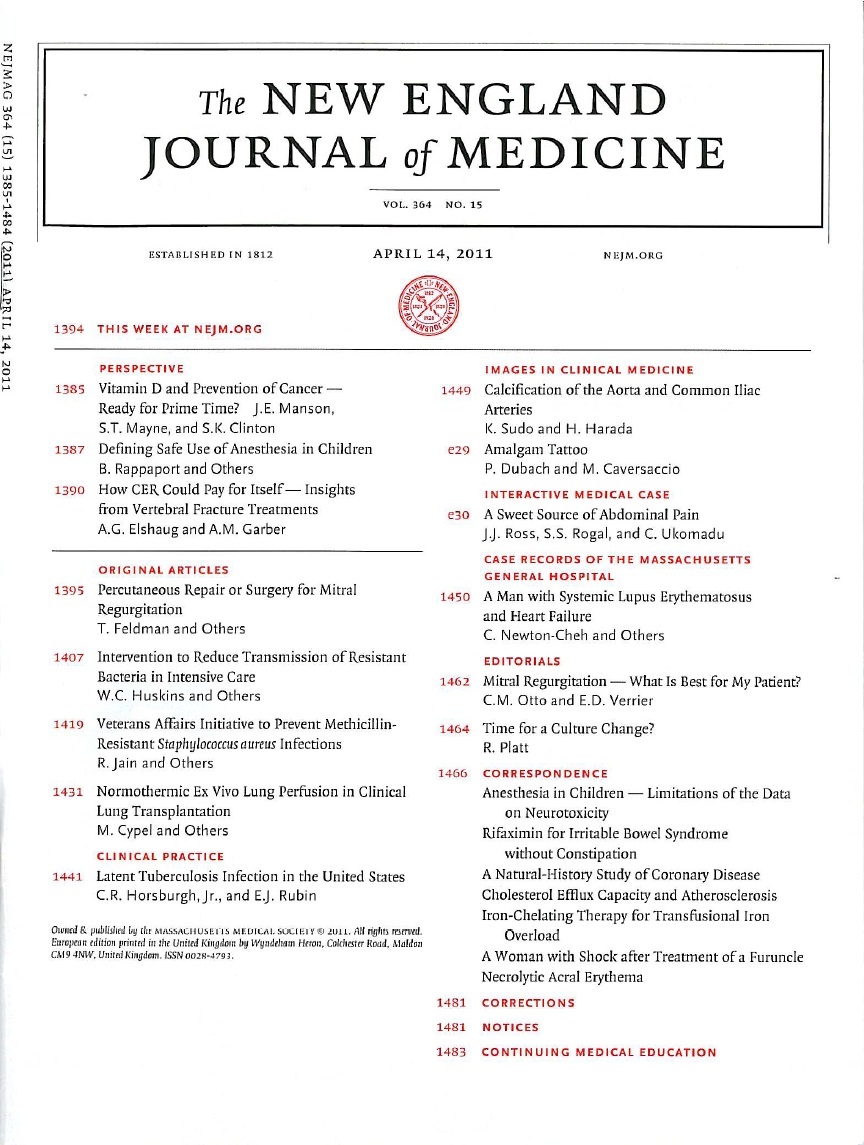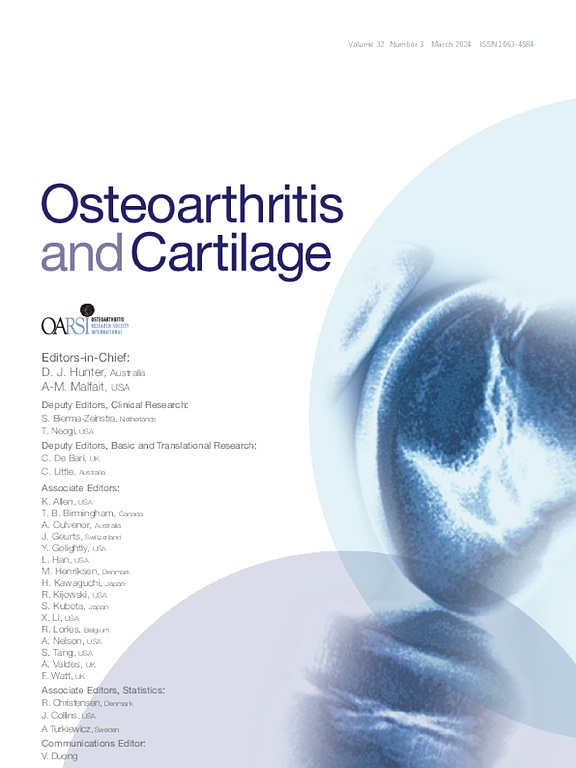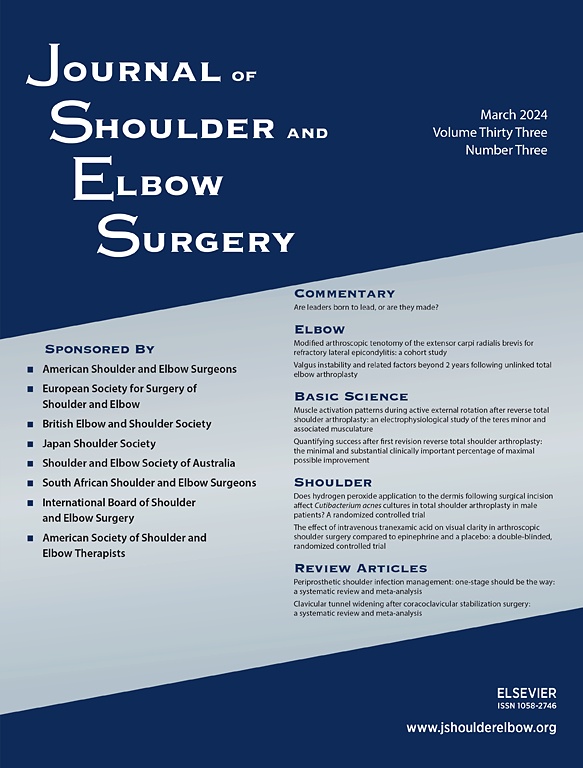PeerView
You are viewing the most viewed ACE Reports by Physiotherapists over the last 30 days in all specialties.
Displaying
100%
Synopsis:
Two hundred and seven studies with 32959 participants were analyzed in this network meta-analysis.The aim of this study was to compare outpatient treatments for managing acute pain from non-low back musculoskeletal injuries.Results revealed that the treatment with the greatest benefit was using topical nonsteroidal anti-inflammatory agents (NSAIDs).Afterwards, oral NSAIDs were beneficial which was followed by acetiminophen with or without diclofenac.The benefits included relieving pain 1-7 days, as well physical functioning , and symptom relief. Moreover, topical NSAIDs demonstrated increase in treatment satisfaction. Fentanyl and acetaminophen...
Read More »
Meta Analysis
Perioperative Blood Flow Restriction Therapy Program After Anterior Cruciate Ligament Reconstruction
①
Synopsis:
Forty-six patients who sustained an anterior cruciate ligament (ACL) tear and were scheduled for reconstruction were randomized into a group receiving either a blood flow restriction (BFR) therapy program (n=22) or a control group without BFR (n=24).The primary outcome of interest was isometric quadriceps strength at 3 months postoperatively, measured as peak and mean torques during seated leg extension exercises and presented as a ratio of the healthy limb.Secondary outcomes included patient-reported outcomes such as pain, knee function, and physical function, knee range of motion, quadriceps circumference and adverse effects.Outcomes were assessed up to 6 months postoperatively. Overall, the study...
Read More »
Level 1 RCT
①
Synopsis:
Two hundred and sixteen patients with advanced osteoarthritis scheduled for primary total knee arthroplasty (TKA) were randomized to receive one of three TKA prosthetic designs from the same system: cruciate-retaining (CR; n=72), anterior-stabilized (AS; n=72), or posterior-stabilized (PS; n=72).The primary outcome of interest was the mean score of all five subscales of the Knee injury and Osteoarthritis Outcome Score (KOOS) measured at a two-year follow-up appointment.Secondary outcomes included individual KOOS subscales, Oxford Knee Score, EuroQol five-dimension health questionnaire, EuroQol visual analogue scale, range of motion, and patient satisfaction.Outcomes were assessed up to two years postoperatively.Overall, patients reported similar levels of pain, function, satisfaction, and general health in all three prosthetic design groups. However, the PS...
Read More »
Level 1 RCT
①
Synopsis:
23 randomized controlled trials (2284 patients) comparing open versus endoscopic techniques for carpal tunnel release in patients with carpal tunnel syndrome were included in this systematic review and meta-analysis.A subgroup analysis was also conducted on single- versus dual-portal endoscopic treatment.The primary outcomes of interest included complication and reoperation rates.Secondary outcomes included operative time, the incidence of scar tenderness and pillar pain, normalized satisfaction scale, the incidence of complete or near complete symptom relief, Boston Carpal Tunnel Questionnaire (BCTQ) symptom and function, and time to return to work.All outcomes were similar between the two groups except for time to return to work and incidence of scar tenderness (dual-portal vs open) which all favored the endoscopic group.The incidence of nerve injury was significantly lower in the open-technique group. Overall, the endoscopic...
Read More »
Level 1 Meta Analysis
①
Synopsis:
A total of sixty-one patients with posterolateral tibial plateau fractures (PTPF) were randomized to receive either conventional surgery (n=30) or surgery using personalised 3D printing technology (n=31).The primary outcome of interest was operative time.Secondary outcomes included intraoperative blood loss, intraoperative fluoroscopy shots, radiographic outcomes, functional outcomes, and fracture complications, assessed 12 months postoperatively. Overall, the study...
Read More »
Level 1 RCT
①
Synopsis:
132 patients between the ages of 50 and 80 years undergoing primary, unilateral total knee arthroplasty (TKA) were included in this single-center, 3-arm, triple blinded trial.Patients were randomized to receive either an interspace between the popliteal artery and capsule of the posterior knee block (iPACK; n=44), genicular nerve block (GNB; n=44) or a combination of the two (iPACK+GNB; n=44) alongside combined spinal anesthesia and continuous adductor canal block.The primary outcome of interest was 8-hour postoperative knee pain during movement, measured using a visual analog scale (VAS).The secondary outcomes of interest included VAS knee pain and posterior knee pain during rest and movement in the post anesthesia care unit (PACU) and at 4, 8, 12, 24, 36, and 48 hours, morphine consumption at 12, 24 and 48 hours, sensorimotor function of the tibial and common peroneal nerve (CPN), timed up and go (TUG) scores, range of motion (ROM), and quadriceps strength (QMS).Additional outcomes included the length of hospital stay, quality of sleep, and patient satisfaction.According to study findings, a significant difference for VAS knee pain during movement, VAS knee pain at rest, and VAS posterior knee pain at rest and during movement was found for all groups at 4, 8, and 12 hours, as well as for VAS knee pain during movement at 24 hours, and VAS knee pain at rest and on movement and VAS posterior knee pain on movement at 48 hours.However, this difference was only clinically significant for the iPACK+GNB group VAS knee pain during movement scores at 4- and 8-hours when compared with the iPACK group. No clinically significant...
Read More »
Author verified Level 1 RCT
①
Synopsis:
9535 patients undergoing non-cardiac surgery were randomized to receive tranexamic acid (n=4757) or placebo (n=4778) at the start and end of surgery.The primary efficacy outcome was a composite bleeding outcome of life-threatening bleeding, major bleeding, or bleeding into a critical organ.The primary safety outcome was a composite endpoint of myocardial injury, non-hemorrhagic stroke, peripheral arterial thrombosis, or symptomatic proximal venous thromboembolism, which was tested for non-inferiority vs.placebo.The results of the trial found a significantly lower rate of composite bleeding events in the tranexamic acid group vs.placebo (9.1% vs.11.7%, p<0.001).However, the non-inferiority of tranexamic acid was not established for the composite cardiovascular safety outcome (14.2% vs. 13.9%, p=0.04 [p<0.025...
Read More »
Level 1 RCT
①
Synopsis:
This systematic review and meta-analysis included a total of four studies with 605 patients exhibiting degenerative meniscus tears and compares surgical treatment (Arthroscopic Partial Meniscectomy; APM) with non-surgical or sham treatment.Pooled outcomes of interest included knee pain, overall knee function, health-related quality of life, and mental health scores.The pooled results of this analysis showed a small improvement in knee pain at 24 months follow-up for the APM group compared to the non-surgical or sham treatment group. However, there were...
Read More »
Level 1 Meta Analysis
①
Synopsis:
71 patients with primary glenohumeral osteoarthritis undergoing total shoulder arthroplasty (TSA) were randomized to receive either a subscapularis-targeted rehabilitation program (SR; n=36) or a traditional rehabilitation program plus some subscapularis exercises (TR; n=35).The primary outcome of interest was subscapularis strength.The secondary outcomes of interest included peak, average, and time to maximum isometric strength in internal rotation, incidence of positive belly press, bear hug, and lift-off lag, range of motion (ROM), Patient Reported Outcomes Measurement Information System - Upper Extremity Score (PROMIS), and the American Shoulder and Elbow Surgeone (ASES) score.All outcomes were measured at 3 and 6 months and one year. All outcomes were...
Read More »
Level 1 RCT
①
Synopsis:
One hundred and ninety four patients with operative ankle fractures were randomized to undergo early weightbearing (EWB) at 2 weeks postoperatively (n=95) or nonweightbearing (NWB) (n=99) until 6 weeks postoperatively.This was a noninferiority trial design.The primary outcome of interest was the mean difference in the Olerud-Molander ankle score (OMAS) between the two groups at 12 month follow-up.Additional outcomes of interest included time to full weightbearing, time to return to preinjury activities and patient satisfaction.The EWB group demonstrated a noninferior mean difference in the OMAS score when compared to the NWB group.There was no difference in the proportion of patients who were satisfied at 12 month follow-up.The EWB demonstrated shorter time to full weightbearing and return to preinjury activities than the NWB group (p<0.001). No differences in...
Read More »
Level 1 RCT




 LOGIN
LOGIN


